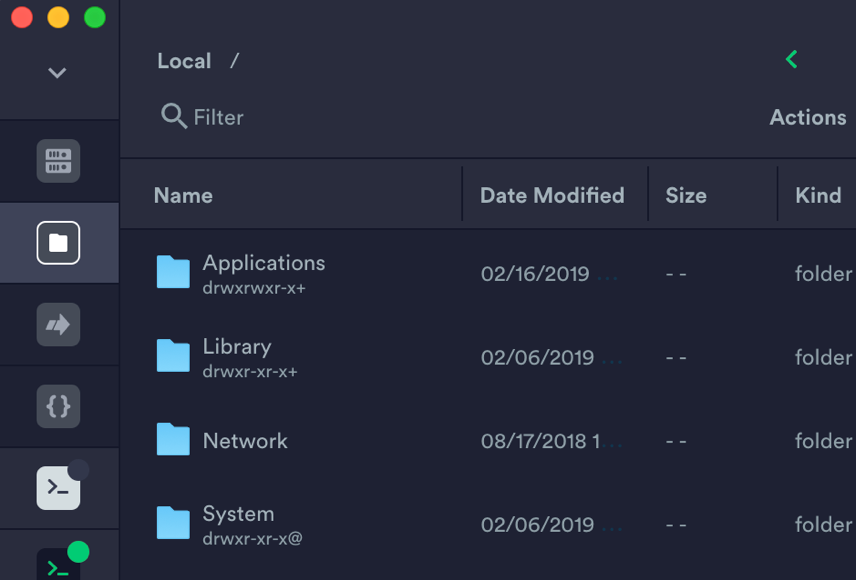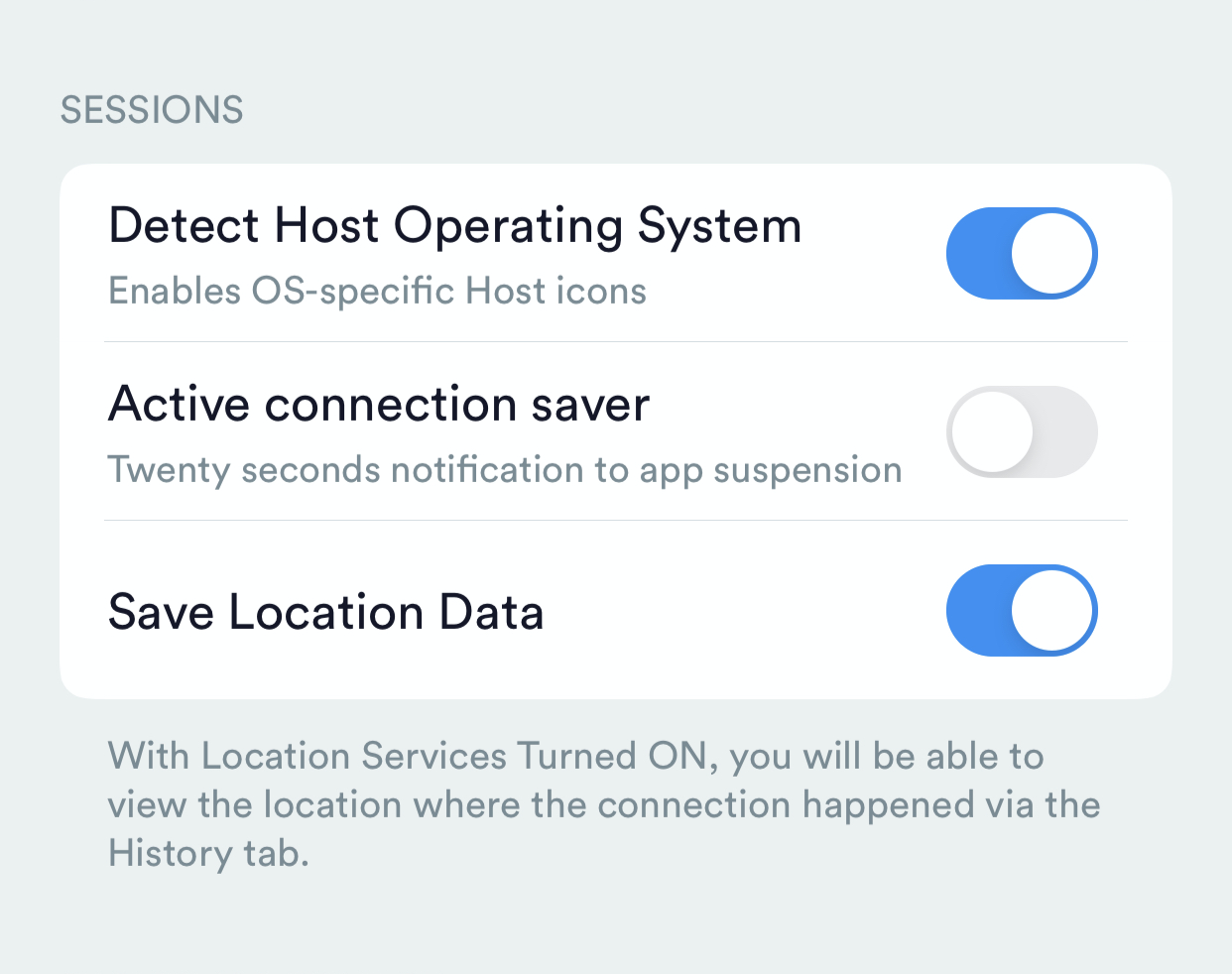
- #TERMIUS PROFILE PRO#
- #TERMIUS PROFILE PLUS#
- #TERMIUS PROFILE DOWNLOAD#
- #TERMIUS PROFILE FREE#
- #TERMIUS PROFILE WINDOWS#
The first thing we’ll do is add a new host. I’ll demonstrate on Pop!_OS Linux, but the process is the same regardless of the operating system used.
#TERMIUS PROFILE DOWNLOAD#
To use Termius, you’ll need to sign up for an account and download the GUI tool to your operating system of choice.
#TERMIUS PROFILE PLUS#
Includes everything in Team plus multiple shared vaults, SOC2 Type II Report and Enterprise SSO.
#TERMIUS PROFILE PRO#
Includes everything in Pro plus single shared vault, multikey authentication and real-time collaboration.
#TERMIUS PROFILE FREE#
Includes everything in the free Starter plan plus cloud-encrypted vault, unlimited devices and tunneling.

You can use Termius for free, but there are three different paid plans that might be a bit more advantageous to consider: SEE: 40+ open source and Linux terms you need to know (TechRepublic Premium) You can create groups of hosts, manage SFTP connections and port forwarding, create snippets to be used with your connections and even work with SSH key authentication. With this GUI tool, you can create connections to remote servers that are accessible with a single click. Termius is a brilliant little SSH connection management app that is available for Linux, macOS and Windows. The Termius client allows you to create SSH connections with ease and even use SSH key authentication, commands and scripts when you connect. bin/bash -login but I at this very moment, I am not sure what the difference will be, say, when it comes to actually compiling a brand new program with MINGW64/GCC we shall see.How to use Termius, one of the best SSH connection managers on the market So, for good measure, it looks to me as if the more correct thing would be to use. PATH $HOME/bin:/usr/local/bin:/usr/bin:/bin:/opt/bin:$PATH PATH $HOME/bin:/mingw64/bin:/usr/local/bin:/usr/bin:/bin:/mingw64/bin:/usr/bin:$HOME/bin:$PATH PATH /mingw64/bin:/usr/bin:$HOME/bin:$PATH MINGW_PACKAGE_PREFIX n mingw-w64-x86_64 n n c:\Git\bin\bash.exe -login c:\Git\usr\bin\bash.exe -loginĮnvironment Variable c:\Git\bin\bash.exe c:\Git\usr\bin\bash.exe But I don't think this does anything to the results below. Let it be known that, PREVIOUS to launching any of the shells below, I already have C:\Git\mingw64\bin and C:\Git\usr\bin as part of System variable PATH I do this because I want to have the ability to use bash commands directly from CMD. usr/bin/bash so, I went ahead and launched them to compare their environments.they can turn out rather different. I did notice that, throughout this thread, both command lines keep showing up, namely.
#TERMIUS PROFILE WINDOWS#
Even when a new computer program is compiled and built, it is my understanding that turns out a Windows native *.exe.īut I still don't know how important it is that some of these MSYSTEM* and MINGW* environment variables be set or not, when I am going to be using MINGW compiler, anyway.

Linux guy, here, sorry I am late I am just installing git-bash for the first time and looking into what its command should be in Windows Terminal.

See cursor settings for more information. If you have problems with the cursor, you can try another shape like "cursorShape": "filledBox". However, you cannot have transparent background without useAcrylic. It improves the quality of text rendering. You have to remove "useAcrylic" (if you have added it as suggested by some other answers) to make it work. I recommend to set "antialiasingMode": "cleartype" in faults. Settings that shall apply to all terminals can be specified in faults. However, if I don't specify it, the starting directory was different depending on how I started the terminal initially. Specifying "startingDirectory" : "%USERPROFILE%" shouldn't be necessary according to the reference. It seems to work with the latest preview version, though. There is currently an issue that you cannot use your arrow keys (and some other keys).


 0 kommentar(er)
0 kommentar(er)
